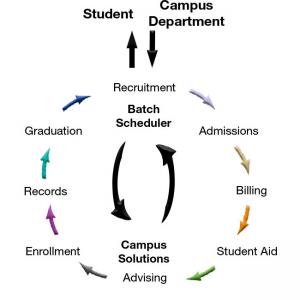UIS Service Maintenance for Production Systems - Saturday, April 20
Description: ALL production services are unavailable throughout the maintenance window.
Timing: 6 a.m. to 12 p.m. Saturday, April 20.
Impact: All production applications are unavailable for the 6-hour maintenance window.
Portal Status: Blue







Add new comment